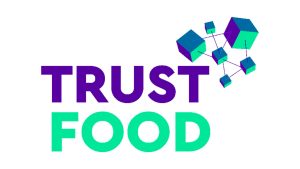Best practices
Creating blockchain training for the food supply chain utilising end-user engagement
Users: Policymakers (EU), Training Providers (Public) | Theme: Programme development | Action: Education programmes/courses | Beneficiaries:Training Providers (Private), Training Providers (Public)
The challenge?
Our solution
A key success factor in the TRUST-FOOD project was the early and structured engagement of trainees before developing educational content. Under Task 3.1 (“Probing Trainees”), potential learners were consulted to assess their familiarity, needs, and interest in blockchain technologies through surveys. This feedback directly informed the design of the educational ecosystem, ensuring relevance, practicality, and learner-centered outcomes. This proactive involvement of end-users is a replicable best practice that enhances training relevance and effectiveness.
Outcomes
Strategic Value
- The proactive involvement of trainees helped uncover unexpected learning gaps, allowing the team to tailor content with greater precision.
- The approach fostered stronger alignment between learner needs and training objectives, enhancing the perceived value of the programme.
Process and Efficiency Gains
- Course development was faster and more focused, as insights from trainees eliminated guesswork.
- The initiative benefited from fewer mismatches between expectations and delivery, improving resource efficiency.
Key takeaways
Engaging learners early in the design process builds trust and ensures training is tailored to their real needs. In the TRUST-FOOD project, conducting surveys was only the first step; the real value came from thoroughly analysing the data and being flexible enough to adapt course plans based on the findings—even when they challenged initial assumptions. We also learned that simple, well-designed feedback tools are key to maximising participation and collecting actionable insights. For similar initiatives, it’s essential to allocate enough time and resources not just for consultation, but for interpreting and applying the feedback effectively.

